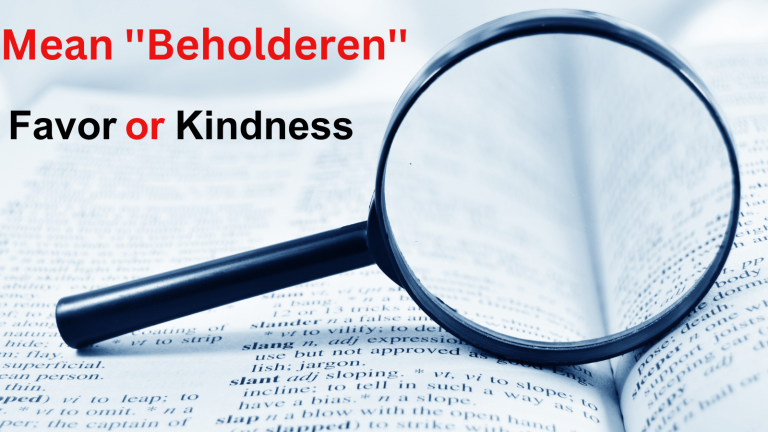What is “Beholderen”?
“Beholderen” is a term that has garnered attention, albeit not as a widely recognized word in standard English dictionaries. Its origin and specific meaning remain elusive, with little concrete evidence or usage examples to provide clarity. While some may speculate on its potential meanings or etymology, it is crucial to acknowledge that “beholderen” exists in a realm of linguistic ambiguity, leaving room for interpretation and exploration.
Interpretations and Speculations:
Given the lack of definitive information on “beholderen,” individuals may offer various interpretations or speculations based on linguistic analysis or creative conjecture. Some might propose that it could be a neologism, a newly coined word with a specific meaning or connotation. Others might associate it with similar-sounding terms or delve into hypothetical scenarios where it could hypothetically fit within the English lexicon.
Usage and Context:
Despite its absence from mainstream dictionaries, “beholderen” may find occasional use in niche communities, specialized fields, or creative works. It could emerge as a playful invention, a linguistic experiment, or a deliberate attempt to evoke curiosity and intrigue. However, without widespread adoption or recognition, its usage remains limited and may vary depending on individual interpretation or context.
FAQs (Frequently Asked Questions):
Is “beholderen” a real word?
“Beholderen” does not appear in standard English dictionaries, leading some to question its legitimacy as a word. While it lacks widespread recognition, it may still hold significance within certain contexts or communities.
What could “beholderen” mean?
The meaning of “beholderen” remains uncertain and open to interpretation. Some may speculate on its potential definitions based on linguistic analysis or creative imagination. However, without concrete evidence or usage examples, its exact meaning remains elusive.
Where did “beholderen” originate?
The origin of “beholderen” is unclear, adding to its enigmatic allure. It may have emerged from creative wordplay, linguistic experimentation, or spontaneous invention. Tracking its origins poses a challenging task due to its limited presence in linguistic databases.
Can “beholderen” be used in everyday language?
While individuals may incorporate “beholderen” into their vocabulary for artistic expression or playful communication, its usage in everyday language remains rare. Without widespread recognition or acceptance, its utility may be limited to specific contexts or creative endeavors.
Conclusion:
In the vast tapestry of language, “beholderen” stands as a fascinating enigma, captivating the imagination of linguists, writers, and language enthusiasts alike. While its precise meaning may elude us, its presence serves as a reminder of the boundless creativity and exploration inherent in language. Whether a whimsical invention or a profound discovery, “beholderen” invites us to embrace the mysteries of language and revel in the journey of linguistic discovery.



